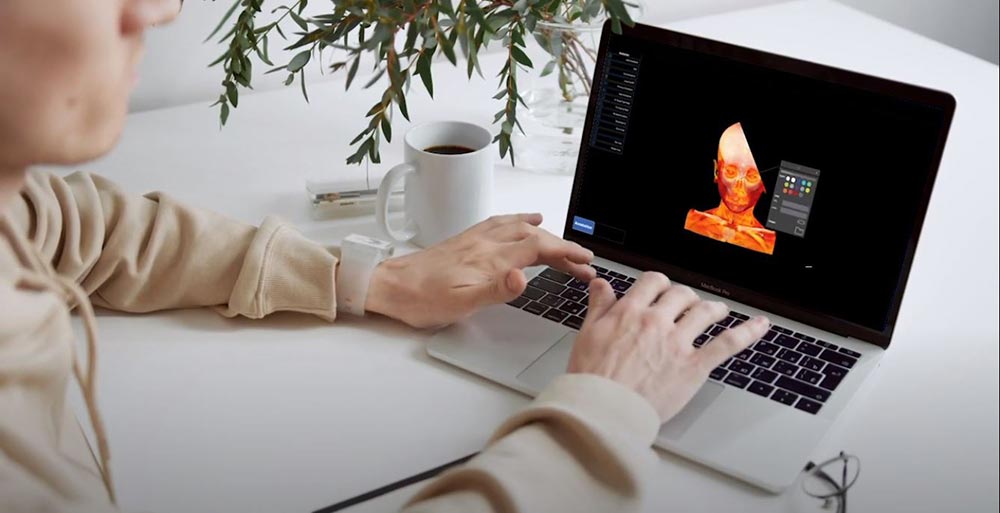Every Class Counts: Avoiding Downtime in Anatomy Education
by Robert Tallitsch, PhD | September 21, 2020

It was July 1975; my first day at Augustana College. I was a newly minted PhD starting to build my very first Human Anatomy course. I remembered what I had learned in my teaching seminars, so I began to build the course backwards, starting with the largest objectives first and then working down through the unit, weekly, daily, and minute-by-minute objectives. I felt very well prepared as I started work that day but, as I continued to build my course, a real concern settled in. I was not prepared for the imbalance between what I had to cover so that my students truly knew anatomy and could use their knowledge to solve clinical problems and the time constraints imposed upon me by the academic calendar.
Sound familiar? I’ve never met an anatomy professor that complained about having too much time for their course! Every single minute of every lecture and laboratory session is important, and there never seems to be enough of either. Throughout my teaching career this content/time imbalance never abated. Calendar changes, daily schedule changes, new and innovative teaching techniques did not eliminate this stress. I knew and followed the mantra “Less is more” in that I wanted my students to learn how to problem solve rather than simply memorize and repeat information. I utilized Problem-Based Learning and Flipped Classroom pedagogies but, even as I revised my classes for the last time before I retired, the dreaded content/time imbalance remained for all of my classes, be it Human Anatomy, Neuroanatomy or Cadaver Dissection.
Now think back to March of 2020. The COVID pandemic forced campuses to close, and almost every class experienced unexpected downtime as students moved off campus and faculty members had to scramble to convert their classes to meet the new online teaching demands. Time constraints became even more burdensome! For days, and in some cases weeks, anatomy students and educators missed out on valuable time spent in class because they were not prepared to teach anatomy in an online setting.
However, not all classes were impacted equally by this unexpected downtime. Faculty members who were utilizing 3D anatomy software, be it in lecture or in the laboratory to supplement dissection sessions, were able to adapt more easily than those who were not utilizing flexible resources. For the faculty members utilizing 3D anatomy software during the COVID pandemic, transitioning into the online learning environment was far less stressful and time consuming, and enabled students to continue their studies without the downtime many others experienced. While the hands-on interaction with a physical cadaveric specimen is lost, faculty members are still able to provide virtual dissection labs and active learning opportunities for their students learning in any location.

Although I never experienced the online learning environment at any point in my teaching career, I used Problem-Based Learning and Flipped Classroom pedagogies in my anatomy and neuroanatomy classes for more than 20 years because I wanted to maximize my students’ problem-solving skills. The more I did this the more I realized that not all 3D anatomy software is created equally. I quickly realized that most utilized drawings, photographs or modeling to create their visualizations. I also realized that most lacked real anatomical information, which prevented me from demonstrating anatomical variations and pathological conditions. In addition, it was difficult, if not impossible, to quickly and easily change planes of section to help my students understand three-dimensional anatomical relationships. All this hampered my ability to do everything that I wanted to do in my time-constrained lecture and laboratory sessions.
Now the fall semester of 2020 is upon us, and campuses are either continuing to teach online for the entire semester or are opening for some form of faculty-to-student in-person teaching. In these unpredictable COVID-impacted times, anatomy faculty need to be able to adapt to whatever situation is thrown at them, and adapt quickly and effectively! We know how important (and limited) class time is as we strive to teach our students how to truly understand anatomy, develop and understand three-dimensional anatomical relationships, and then use that anatomical information in order to solve clinical problems. As an anatomy professor you need to have the tools that will enable you to teach anatomy effectively, be it face-to-face, online, or both. Not only do you need to have these tools available for you and your students, but you need to make sure that you and your students have the proper tools that will help your students truly learn their subject material…tools that utilize real anatomical material in a manner that will allow you to effectively teach lecture and laboratory sessions face-to-face or online…tools that allow your students to repeatedly dissect and manipulate real anatomical specimens in order to develop a three-dimensional understanding of anatomical relationships.
The BodyViz Team is here to help you each step along the way as you prepare a lesson plan that will allow you to teach anatomy from any location. To learn more about how the BodyViz team can help prepare for any future contingency, schedule a demonstration with them using the link provided below.
Schedule a Demo
Helpful Links